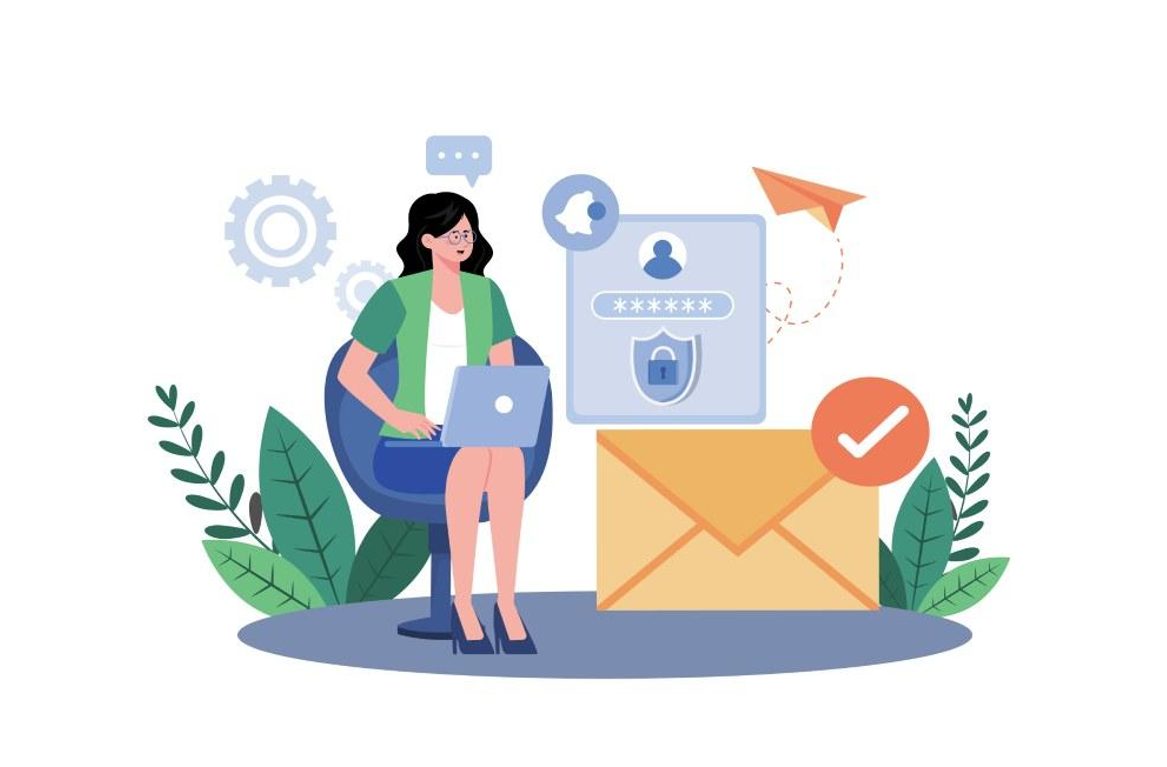ADHD stands for “Attention-Deficit/Hyperactivity Disorder”. ADD is an older term for the disorder. It was called ADD until 1987. ADHD is a chronic condition that begins in childhood and can persist into adulthood. ADHD patients face difficulty in attention, hyperactivity and impulsiveness which results in low self-esteem, troubled relationships and poor performance at school.
This disorder occurs more often in males than in females with different behaviors. 4.4% of American adults have this disorder. 6.1 million American children have ADHD. There are three subtypes of ADHD:
- Predominantly inattentive – Patient shows mainly inattentive symptoms.
- Predominantly hyperactive/impulsive – Patients show mainly hyperactive and impulsive symptoms.
- Combine – Patient shows mixture of both inattentive and hyperactive and impulsive symptoms

Causes of ADHD
Experts are not sure what causes ADHD but there are several things that may lead to it like genetics problems, toxins like lead, illness like meningitis and encephalitis, maternal habits during pregnancy like poor nutrition, smoking, alcohol, premature delivery, low birth weight, head injury etc.
Signs and Symptoms of ADHD
ADHD symptoms usually appear between ages 3 to 6 years. Symptoms can be mild, moderated or severe and symptoms may continue into adulthood.
Inattention – A student who shows symptom of inattention
- Do not seem to be listening when spoken to directly.
- Needs repetition of questions and directions.
- Forget to do things and if you start homework then don’t complete it.
- Disorganized or careless with possessions. Often loses homework assignments, books, jackets, backpacks, sports equipment.
- Rushes through chores carelessly.
- Often avoids or resists tasks that require sustained mental effort, including doing homework.
- Slow to process information.
Hyperactive/Impulsive – A student who shows symptom of hyperactive and impulsive
- Cannot wait for his turn and frequently interrupts others.
- Blurts out answers inappropriately, talks excessively and loudly.
- Fidget with or tap his or her hands or feet, or squirm in the seat.
- Don’t play quietly. Runs and climbs where it is inappropriate.
- Don’t sit in one place. Always seem to be “on the go” or “driven by a motor”.
The word Amazon means “Massive”. A to Z arrow represents that Amazon sells everything. The “A to Z” curve represents the smile that Amazon offers to their customer’s faces. Amazon provides genuine gadgets and tools for ADHD children to boost their attention and reduce mental stress.
Magnetic Ring Fidget Spinner Toys By Yishidany
This freestyle, modular and colorful toy will let kids and adults enjoy both the fidget spinner and the pop fidget toy with the help of AAA+N52 magnets. It helps to build concentration and release anxiety. Different colors are only good for improving children’s attention but also your child can improve hands-on-skills and stimulate creativity during play. For adults, finger therapy training can relieve ADHD. The price is $16.99.
Shape Shifting Box by Shashibo
This fidget cube is an award winning toy that uses 36 rare earth magnets and can transform in 70 different shapes. It helps to stimulate the senses of mind, body and imagination with unlimited creative possibility. This toy is perfect for all age groups to build skill and coordination and bring children together for hours of fun. Each magnetic puzzle features four unique, artistic patterns of vibrant, mesmerizing artwork. Cost price is $25 to $84.99
Rainbow Ball By Cubidi
This bright color matching 3-D ball is a good brain teaser for kids of 5-12 years. This rainbow ball is a healthier way to practice mind focus and concentration with help of sorting and recognizing patterns. Solving the fidget toy improves learning achievements, motivations and problem solving skills. Cost price is $9.99.
Anti-Fidget Stress Balls By KLT
These 3.5 inches, lightweight, flexible, durable and cleanable balls are filled with sand and sequence that make a satisfying squeeze effect. Squeeze-Focus-Breath-Repeat to improve concentration and reduce stress and anxiety. These balls relax the tension and relax muscles in your child’s palm, hands and fingers. It can be brought to school or while traveling. Cost is $14.99.
Liquid Motion Bubbler By Yue
This therapy and stress relief toy is a liquid motion bubbler 2 minutes timer for ADHD children to reduce anxiety, stress, and sensitivity and to calm children suffering from Autism disease. This toy strengthens visual senses. Cost price is $17.99.
Pop It By Generic
This is a washable, flexible, durable, temperature resistant, nontoxic silicone made toy for kids, toddlers and teens to reduce sensitivity. This toy naturally relieves accumulated stress or anxiety caused by work overload among children. The fun filled popping experience restores mood, producing happiness in the nervous system. This toy comes in various shapes and colors. Cost price is $15.99.
Turning Kinetic Sculpture By Playable Art
This toy acts as both a visual wonder and a stress reliever that can turn in an endless, seemingly magical loop. This is a very good mood relaxing toy for ADHD children. This toy has six identical disks that can snap apart. Combine multiple sets into different chains and circles. Pick your favorite colors. Cost price is $7.99.
Flippy Chains By Tom’s Fidgets
This is a rust free, silent, easy to carry, perfect stainless steel bike chain toy for ADHD, anxiety and autism patients to reduce stress by keeping their fingers busy. This toy has helped children to succeed in school, stop biting nails and picking at scabs. Cost is $7.99

Diagnosis of ADHD
An average age of ADHD diagnosis is 7 years. ADHD diagnosis increases by 42% over the past 8 years. Diagnosis criteria vary in children and adults. Child must follow the following conditions to be diagnosed with ADHD
- Child has been displaying symptoms continuously for at least 6 months.
- Children started to show symptoms before the age of 12.
ADHD diagnosis involves an in-depth interview and physical exam. Blood tests and imaging may be ordered to rule out other conditions.
Treatments of ADHD
- CBT Programs – Cognitive behavioral therapy can help you overcome difficulties with executive functioning, helping you manage time, organize and make long and short term plans.
- Medication – Stimulants, Non-Stimulants and Antidepressants are mainly given to cure ADHD disorder. 70% of doctors prescribe stimulants. There are two main classes of stimulants Methylphenidate based and Dextroamphetamine based.
Parenting Strategies for Children with ADHD
- Provide positive attention to such children.
- Give effective instructions.
- Praise your child’s effort.
- Establish rewards for such children.
- Use consistent consequences.







